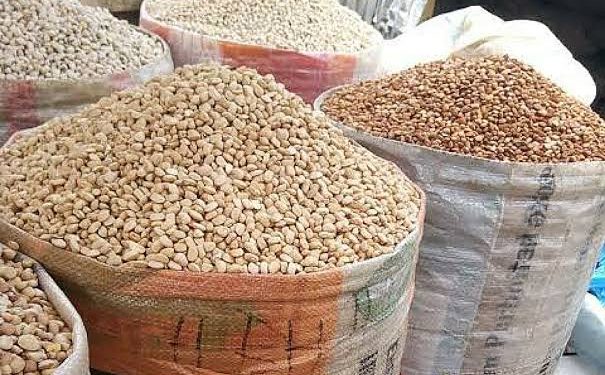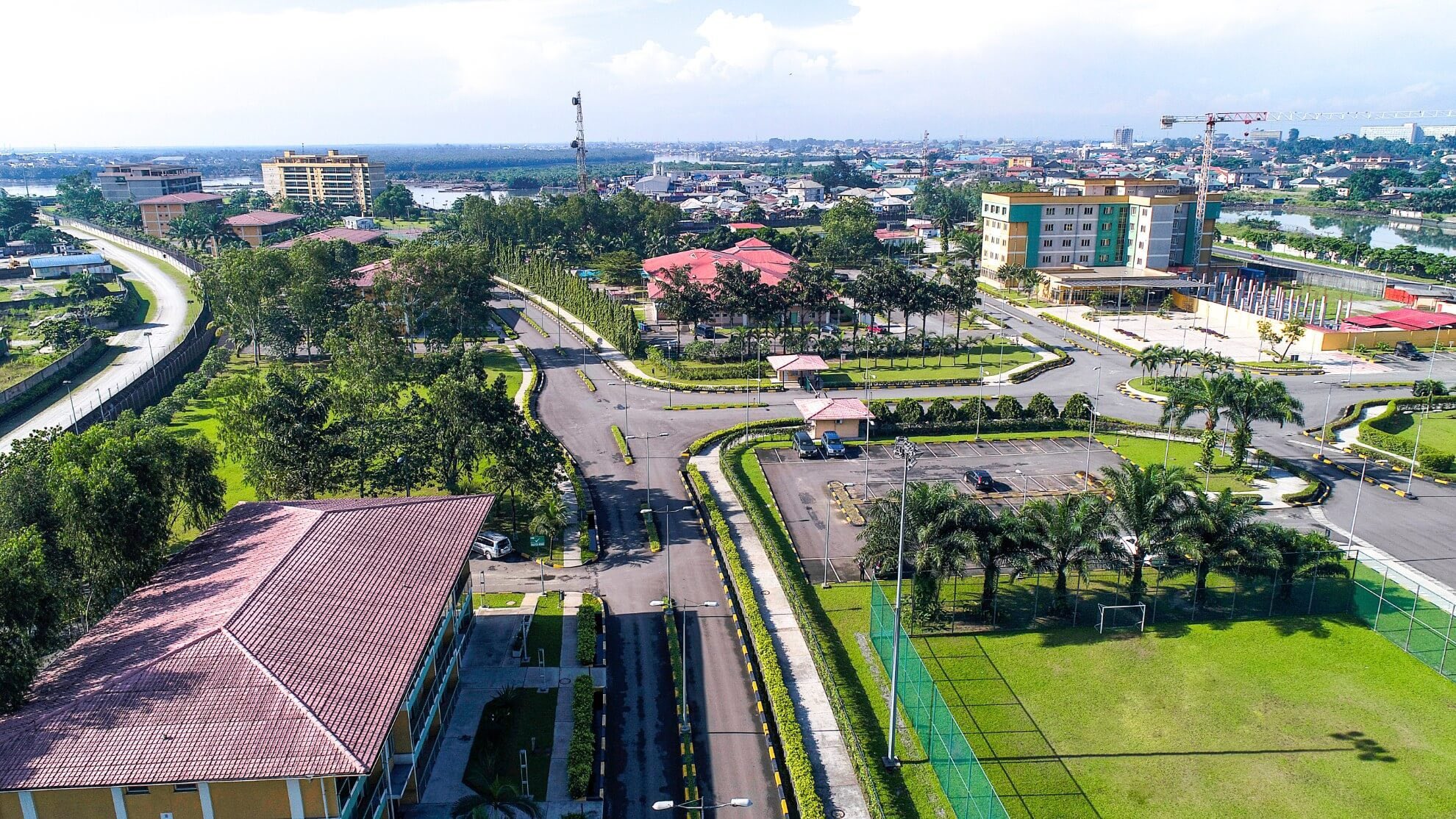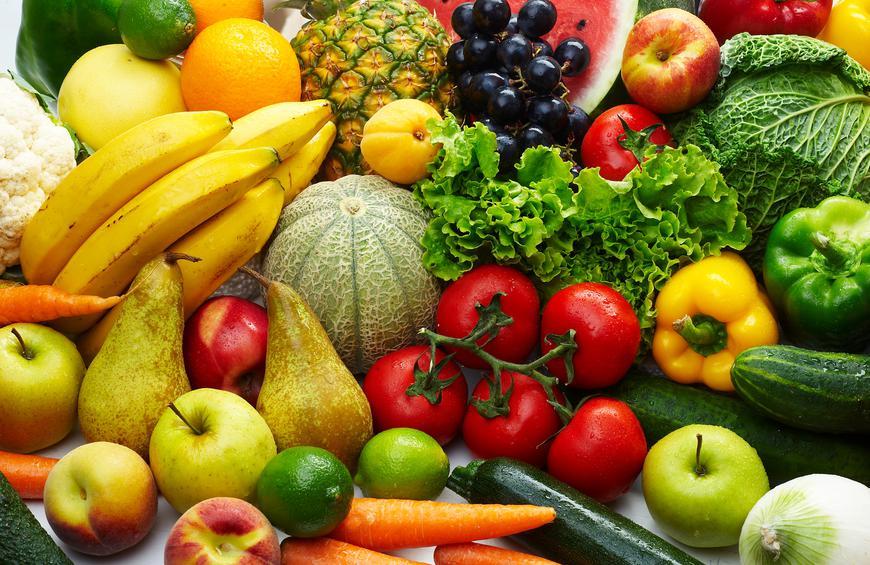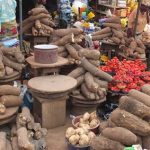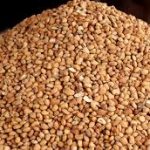In a welcome development for Nigerian consumers, the price of beans, the country’s most affordable source of protein, has dropped by 37%, following a bumper harvest. This price decline is a significant relief for many households, as beans have long been a staple in Nigerian diets, providing an essential and inexpensive source of nutrition. According to reports, the cost of a 100kg bag of beans, which was priced at ₦300,000 last year, has now fallen to ₦190,000 on average. This price reduction is being hailed as a positive outcome of this year’s successful harvest, which has bolstered supply and contributed to lowering costs.
The decrease in bean prices has not been limited to wholesale quantities. A painter of beans, which is a smaller quantity sold in retail, has seen its price drop by a staggering 45%, from ₦14,500 to ₦8,000. Such a sharp decline offers a much-needed reprieve for consumers, particularly those in urban areas where food costs have been soaring in recent months. The price drop is seen as a result of an improved harvest season, with many farmers reporting record yields. Some farmers are even reaping three times the amount of beans compared to last year, indicating that agricultural practices and conditions have been favorable in 2024.
Kabir Shuaibu, a Kaduna-based farmer, shared insights into the exceptional growth rates this year, explaining how the increase in output has led to a noticeable reduction in prices. “This year, a piece of farmland that yielded 10 bags now produces 30,” Shuaibu said, highlighting the remarkable growth in production that has contributed to the surplus. With this high level of supply, farmers expect bean prices to remain low through mid-year, which will help consumers access this vital food source at more affordable rates. The surplus is also likely to have a ripple effect on other crops, as the increased availability of beans can help reduce competition for agricultural resources.
In Lagos, one of the country’s major bean trading hubs, local traders such as Nura Isa have observed the typical seasonal price fluctuations. Isa noted that prices usually dip between December and January as the harvest season peaks, but they are expected to rise again when the rainy season sets in. This annual pattern is part of the broader agricultural cycle in Nigeria, where the supply of various crops tends to be at its highest just after the harvest, leading to price reductions that benefit consumers.
Nigeria remains the world’s largest producer and consumer of beans, yet the country has faced challenges in maintaining production levels over the past decade. According to the Food and Agriculture Organization (FAO), Nigeria’s bean production has been on a gradual decline since 2013. Despite these challenges, the 2024 harvest has bucked the trend, leading to an unexpected surge in output and subsequent price drops. This year’s harvest has not only benefited beans but also contributed to reductions in the prices of other crops across Nigeria’s agricultural value chain.
The surge in bean production comes as a reminder of the significant potential within Nigeria’s agricultural sector. The favorable weather conditions and improved farming practices that have contributed to this year’s bumper harvest offer a blueprint for future agricultural growth. While it is difficult to predict the exact trajectory of prices in the coming months, the current trend of falling costs is providing much-needed relief to Nigerian households, many of whom have been struggling with high food prices in recent years.
Experts suggest that the 2024 harvest could provide a much-needed boost to Nigeria’s overall food security, as it increases the domestic availability of beans and reduces dependence on imports. As Nigeria’s agricultural sector continues to evolve, this year’s bumper harvest serves as an optimistic sign for farmers, traders, and consumers alike, offering a glimpse of what could be a more stable and affordable future for Nigeria’s food market.


